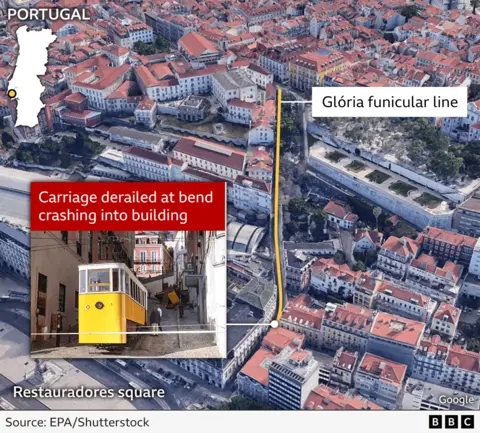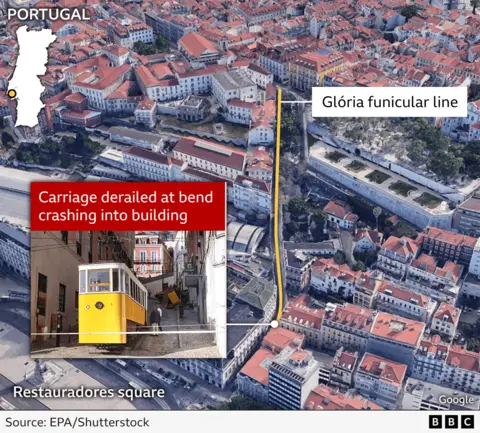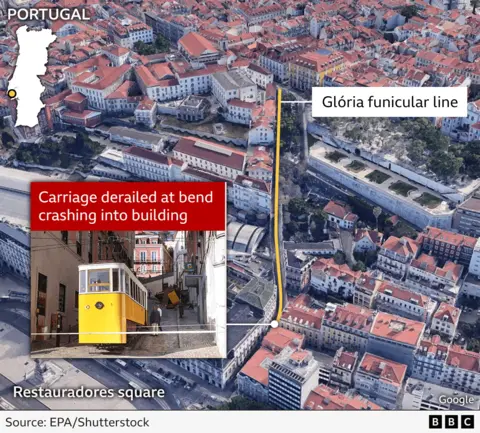The reconstructed roof of a historic tower in eastern China dramatically collapsed earlier this week, casting a spotlight on the controversies surrounding its modern renovations. Onlookers witnessed tiles sliding off the roof of the Drum Tower in Fengyang County on Monday, as a cloud of dust enveloped the area, prompting bystanders to flee. Fortunately, no injuries were reported, and the local government confirmed that an investigation into the cause of the collapse has been initiated.
This tower, a significant cultural relic recognized by Anhui Province, has a history that dates back to 1375, during the Ming dynasty, where it served the essential purpose of helping communities keep time. However, the structure currently atop this historical base, characterized by its distinctive curved eaves, was constructed only in 1995 as a replacement for the original tower that was destroyed in the 19th century.
Last year, renovations aimed explicitly at addressing issues of falling tiles were completed, raising serious questions online about the integrity and safety of the renovation work, which reportedly cost 3 million yuan (nearly $420,000). Critics are questioning whether public funds were mismanaged and are drawing attention to a previous incident involving the contractor, which saw a fire destroy part of another building they were working on a decade ago.
The incident has spurred calls for accountability and a thorough examination of the standards applied in renovations of culturally significant sites across the country, as the government faces increasing scrutiny amid fears of further structural failures.
This tower, a significant cultural relic recognized by Anhui Province, has a history that dates back to 1375, during the Ming dynasty, where it served the essential purpose of helping communities keep time. However, the structure currently atop this historical base, characterized by its distinctive curved eaves, was constructed only in 1995 as a replacement for the original tower that was destroyed in the 19th century.
Last year, renovations aimed explicitly at addressing issues of falling tiles were completed, raising serious questions online about the integrity and safety of the renovation work, which reportedly cost 3 million yuan (nearly $420,000). Critics are questioning whether public funds were mismanaged and are drawing attention to a previous incident involving the contractor, which saw a fire destroy part of another building they were working on a decade ago.
The incident has spurred calls for accountability and a thorough examination of the standards applied in renovations of culturally significant sites across the country, as the government faces increasing scrutiny amid fears of further structural failures.





















